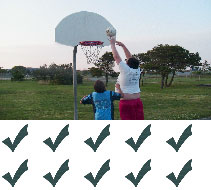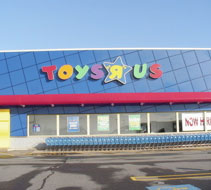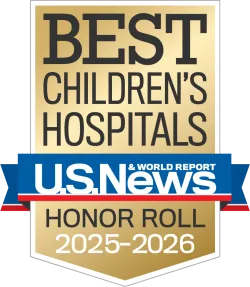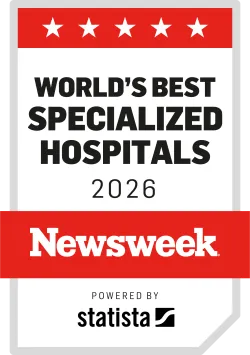Breadcrumb
- Home
- Programs & Services
- Autism Language Program
- Your Visit
Programs & Services
Your Visit
During the first visit, staff at the ALP get to know you and your child and begin to establish a baseline of skills to determine your child's level of receptive language. Our clinician plays and interacts with your child and begins to determine where, when, and how your child uses language. It is important to note that we rely on input from parents and caregivers during the visit. It is helpful during the first visit to determine:
- Your child's interests and preferences (books, media, toys, food, logos)
- Cllarity of speech
- How your child communicates his/her needs
- What level your child can process symbolic information (drawing, words, pictures, sound)
- Your child's activity level and attention span
- How your child interacts with friends
- Whether they are echolalic (repeat what others say)
- Whether they are self-taught readers
Given the usually strong interest in computers with children with autism, we also look for ways to use the computer and media to improve your child's performance in communication, understanding, and learning. This can be helping to teach them to imitate, how to perform tasks, or how to more appropriately socially interact.
Below is a sample of a First-Then display used in the ALP. We have expanded these displays by including the duration or number of repetitions into the display, thereby increasing clarity and reducing confusion for the child. This is an example of a display our clinicians use with children who visit the ALP.
First10 Baskets |
ThenToy Store |
 |
 |
First10 Baskets |
ThenToy Store |
 |
 |
In some situations, our clinicians find it necessary to modify current communication programs. When this occurs, the clinician always provides a valid rationale for this modification. These recommendations are based on experience, current best practices, and our research. The ultimate decision is always left to the families.
At the end of the first visit, you will receive recommendations that may include:
- Additional tests in our center or elsewhere
- Specific tasks to try at home in regard to your child's communication
- Websites to visit to review materials
- Follow-up visit in a few weeks or months
A unique feature of our program is that families can update their clinician with their child's progress through ongoing and regular communication. This allows your clinician to remain an active participant in your child's communication plan, and it also help with recommendations.
During subsequent visits, our clinicians evaluate how your child is progressing with the recommendations, and will make adjustments to the plan as needed. Over time, new strategies and approaches are added as your child changes and progresses. At the end of every visit, you will leave with a clear understanding of practical and tangible strategies that can be introduced and implemented both in the home and at school.

